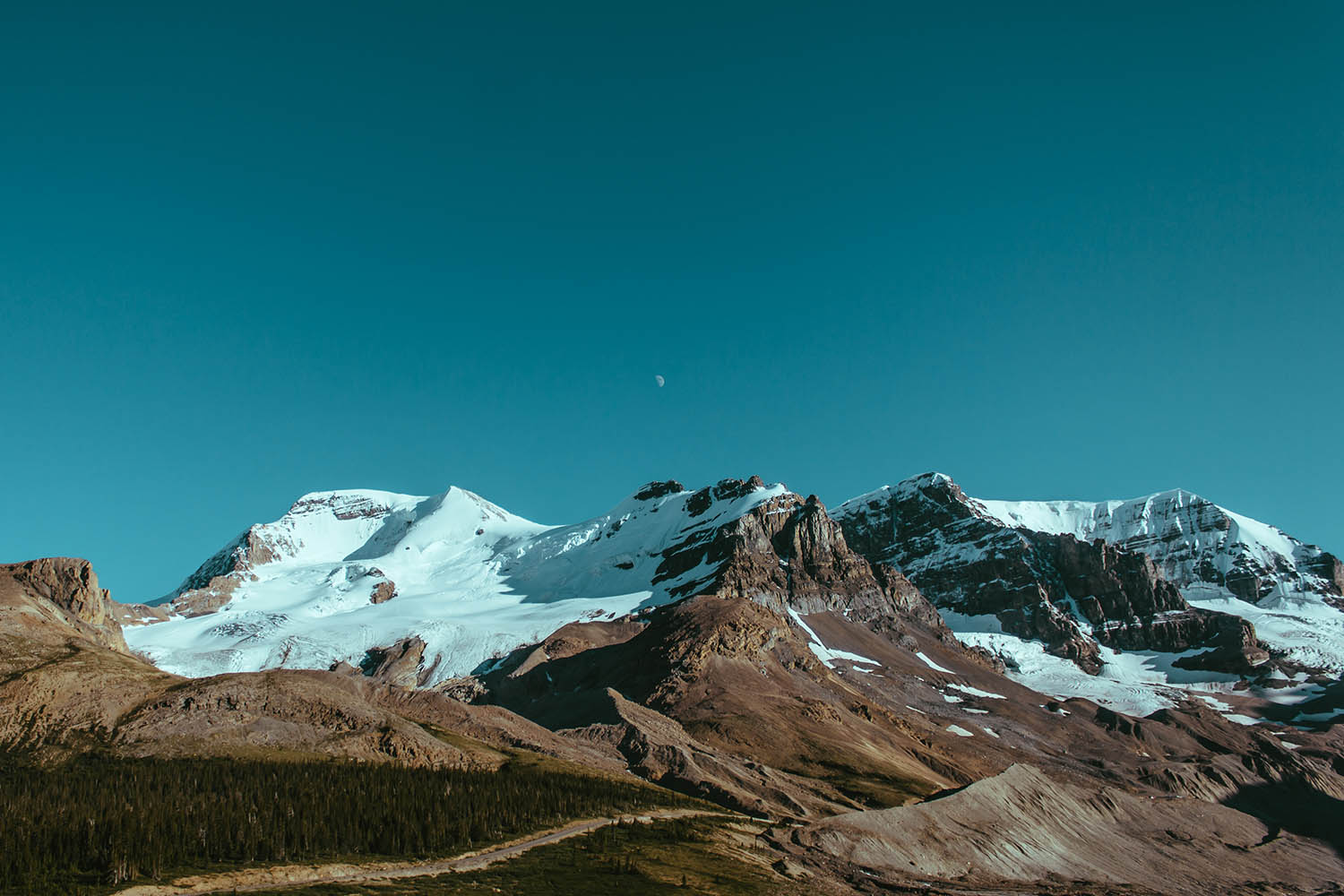Temples of Varanasi
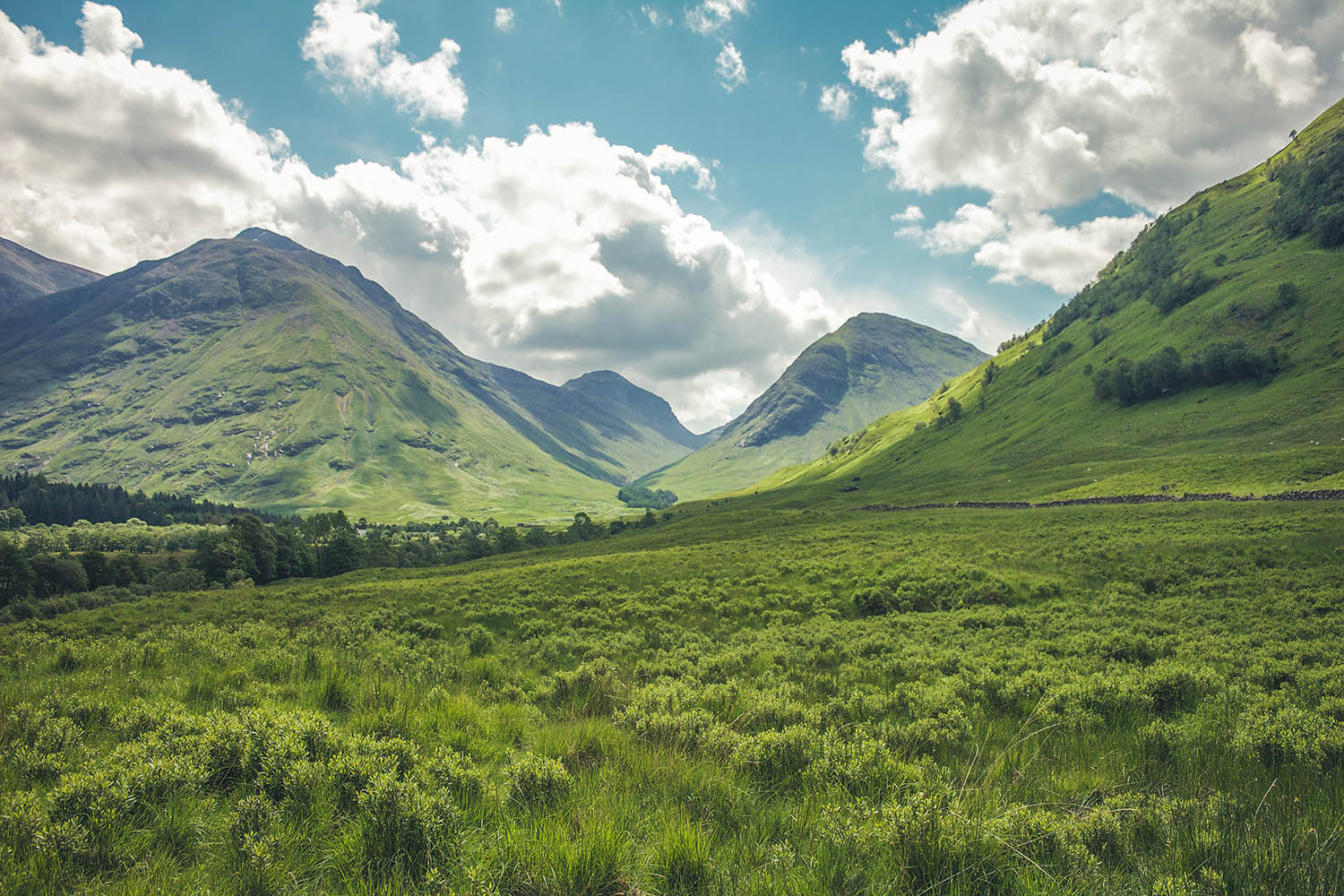
Durga Temple
This important temple is dedicated to Goddess Durga. The Durga temple was built in the eighteenth century. A Bengali Maharani built the Durga temple in Nagara Style (the North Indian style of temple architecture). It is stained red with ochre and has a multi-tiered shikhara (spire). The Durga temple is situated on a rectangular tank, called the Durga Kund. According to the Puranas, Goddess Durga has kept this place for many centuries and protects the holy city, Varanasi, from the South.
According to legends, the present statue of Goddess Durga was not made by man but appeared on its own in the temple. The Durga temple is also called Monkey temple because of the presence there of large number of monkeys. In Hinduism, Durga is represented as the embodiment of shakti or female power, clad in red, riding a tiger and fully armed with Shiva's trident, Vishnu's discus and a sword. Non-Hindus can enter the courtyard of the Durga temple but not the inner sanctum. Thousands of Hindu devotees visit the Durga temple during Navratri and other auspicious occasions.
According to legends, the present statue of Goddess Durga was not made by man but appeared on its own in the temple. The Durga temple is also called Monkey temple because of the presence there of large number of monkeys. In Hinduism, Durga is represented as the embodiment of shakti or female power, clad in red, riding a tiger and fully armed with Shiva's trident, Vishnu's discus and a sword. Non-Hindus can enter the courtyard of the Durga temple but not the inner sanctum. Thousands of Hindu devotees visit the Durga temple during Navratri and other auspicious occasions.
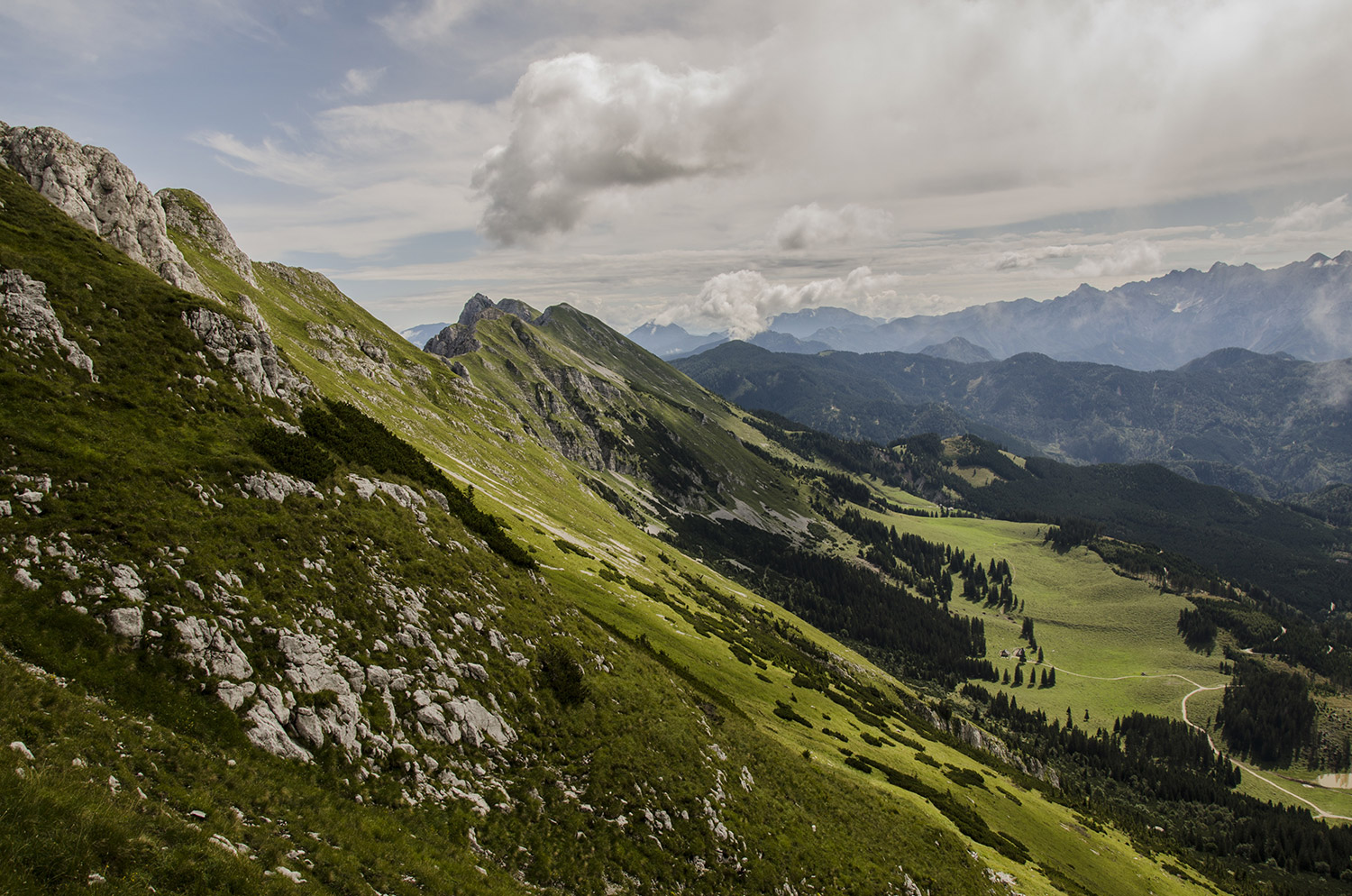
Sankat Mochan Temple
Sankat Mochan temple is one of the sacred temples of Varanasi. It is located in the southern part of Varanasi, near the Banaras Hindu University. It is dedicated to the Hindu God, Hanuman. The word "Sankat Mochan" means one who helps in removing sufferings i. e. Lord Hanuman. Tulsidas, the author of the famous Hindu epic Ramacharitamanasa, founded the Sankat Mochan temple. According to Hindu mythology, one who visits the Sankat Mochan temple regularly, his wishes get fulfilled.
Every Tuesday and Saturday, thousands of devotees queue up in front of the Sankat Mochan temple to offer prayers to Lord Hanuman. According to Vedic Astrology, Hanuman protects human beings from the anger of planet Saturn and those who have ill placed Saturn in their horoscope visit the Sankat Mochan temple to get remedy. People put "Sindoor" on the statue and offer "laddoos" to Lord Hanuman. The "Sindoor", from the statue of Lord Hanuman is put on the foreheads of devotees.
Every Tuesday and Saturday, thousands of devotees queue up in front of the Sankat Mochan temple to offer prayers to Lord Hanuman. According to Vedic Astrology, Hanuman protects human beings from the anger of planet Saturn and those who have ill placed Saturn in their horoscope visit the Sankat Mochan temple to get remedy. People put "Sindoor" on the statue and offer "laddoos" to Lord Hanuman. The "Sindoor", from the statue of Lord Hanuman is put on the foreheads of devotees.

Vishwanath Temple
The Kashi Vishwanath temple is located in the heart of the cultural capital of India, Varanasi. It stands on the western bank of India's holiest river Ganges. The Kashi Vishwanath temple is the center of faith for millions of Hindus. The Jyotirlinga of Shiva, Vishweshwara or Vishwanatha, is enshrined in the Kashi Vishwanath temple, considered as one of the holiest temples of India. In Hindu religion it is believed that a simple glimpse of the Jyotirlinga is a soul-cleansing experience that transforms life and puts it on the path of knowledge and Bhakti (devotion). A single darshan of Vishweshwara Jyotirlinga is considered to merit more than the darshan of other jyotirlingas, scattered in various parts of India. The Kashi Vishwanath Temple has been a living picture of the timeless cultural traditions and highest spiritual values.
The Kashi Vishwanath Temple attracts Hindu devotees and other visitors not only from India but also the world over. Lord Vishwanath is considered the supreme repository of the spiritual truth and strengthens the bonds of universal brotherhood. Late Maharani Ahilya Bai Holkar of Indore built the temple in the present shape, way back in 1780. In the year 1785, a Naubatkhana was built up in front of the Temple at the instance of Governor General, Warren Hastings. In 1839, two domes of the Temple were covered by gold, donated by Maharaja Ranjeet Singh, the ruler of Punjab. The management of the Kashi Vishwanath temple rests with a trust.
The Vishwanath temple opens daily at 2.30 A.M. for Mangala Aarti and between 3 to 4 A.M. ticket holders are permitted to join. The timing of general Darshan is from 4 to 11 A.M. The timing for midday Bhog Aarti is from11.30 to 12 A.M. Between 12 noon to 7 P.M., general devotees are free to have Darshan. From 7 to 8.30 P.M. the Sapta Rishi Aarati is held after which Darshan is possible again till 9 P.M. At 9 P.M. the Shringar/Bhog Aarati starts and after that Darshan is possible only from outside. Shayana Aarti starts at 10.30 P.M. and the temple closes at 11 P.M. Most of the offerings at the Kashi Vishwanath temple are given to poor.
The Kashi Vishwanath Temple attracts Hindu devotees and other visitors not only from India but also the world over. Lord Vishwanath is considered the supreme repository of the spiritual truth and strengthens the bonds of universal brotherhood. Late Maharani Ahilya Bai Holkar of Indore built the temple in the present shape, way back in 1780. In the year 1785, a Naubatkhana was built up in front of the Temple at the instance of Governor General, Warren Hastings. In 1839, two domes of the Temple were covered by gold, donated by Maharaja Ranjeet Singh, the ruler of Punjab. The management of the Kashi Vishwanath temple rests with a trust.
The Vishwanath temple opens daily at 2.30 A.M. for Mangala Aarti and between 3 to 4 A.M. ticket holders are permitted to join. The timing of general Darshan is from 4 to 11 A.M. The timing for midday Bhog Aarti is from11.30 to 12 A.M. Between 12 noon to 7 P.M., general devotees are free to have Darshan. From 7 to 8.30 P.M. the Sapta Rishi Aarati is held after which Darshan is possible again till 9 P.M. At 9 P.M. the Shringar/Bhog Aarati starts and after that Darshan is possible only from outside. Shayana Aarti starts at 10.30 P.M. and the temple closes at 11 P.M. Most of the offerings at the Kashi Vishwanath temple are given to poor.
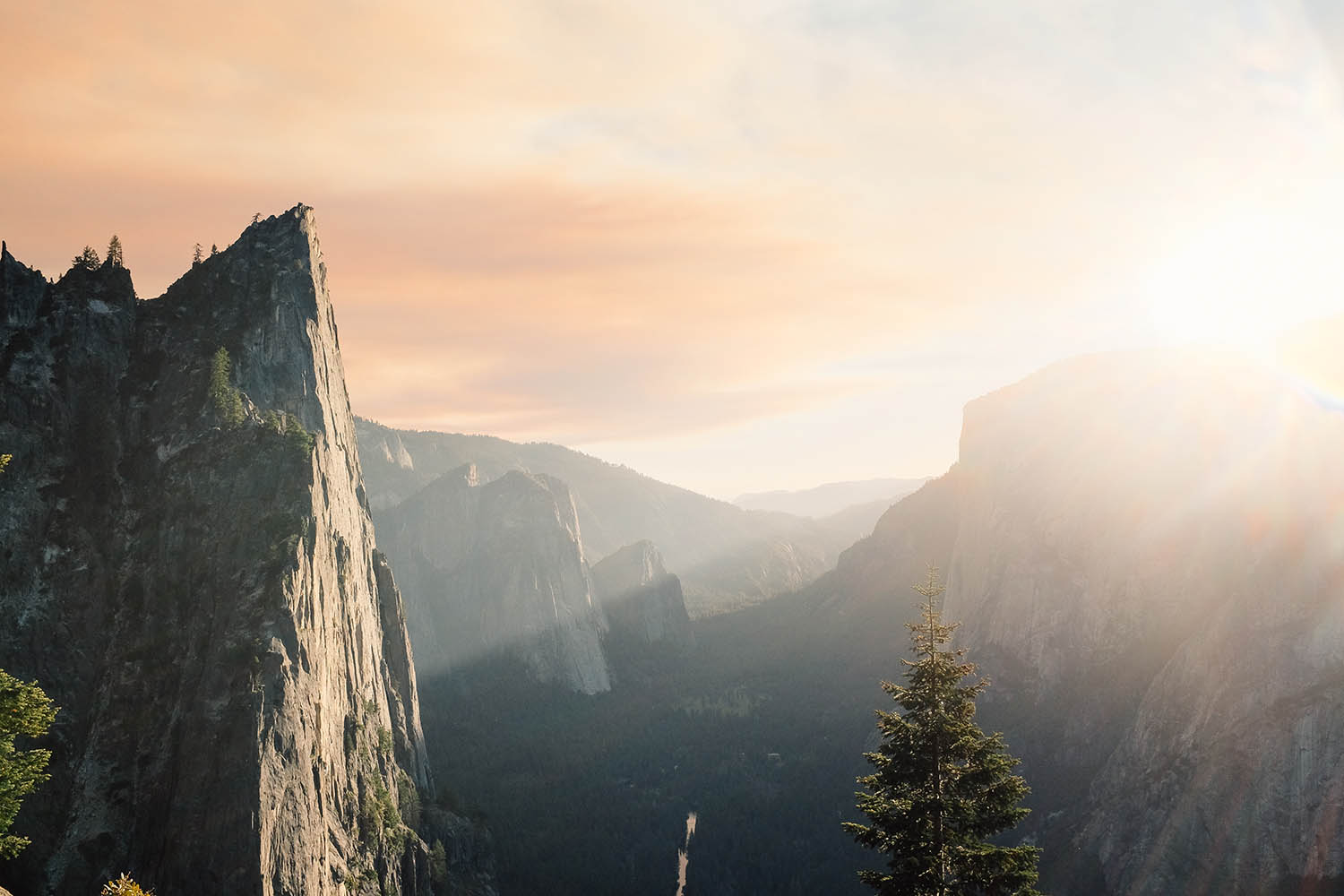
Bharat Mata Temple
The Bharat Mata temple at Varanasi is the only temple dedicated to Mother India. It is located in the Mahatma Gandhi Kashi Vidyapeeth campus. The Bharat Mata temple was built by Babu Shiv Prasad Gupt and inaugurated by Mahatma Gandhi in 1936. The statute of Bharat Mata is built in marble and is a model of undivided India, depicting the mountains, plains and oceans. The most peculiar thing about the Bharat Mata Temple is that instead of the customary gods and goddesses, it houses a relief map of India, carved out of marble.

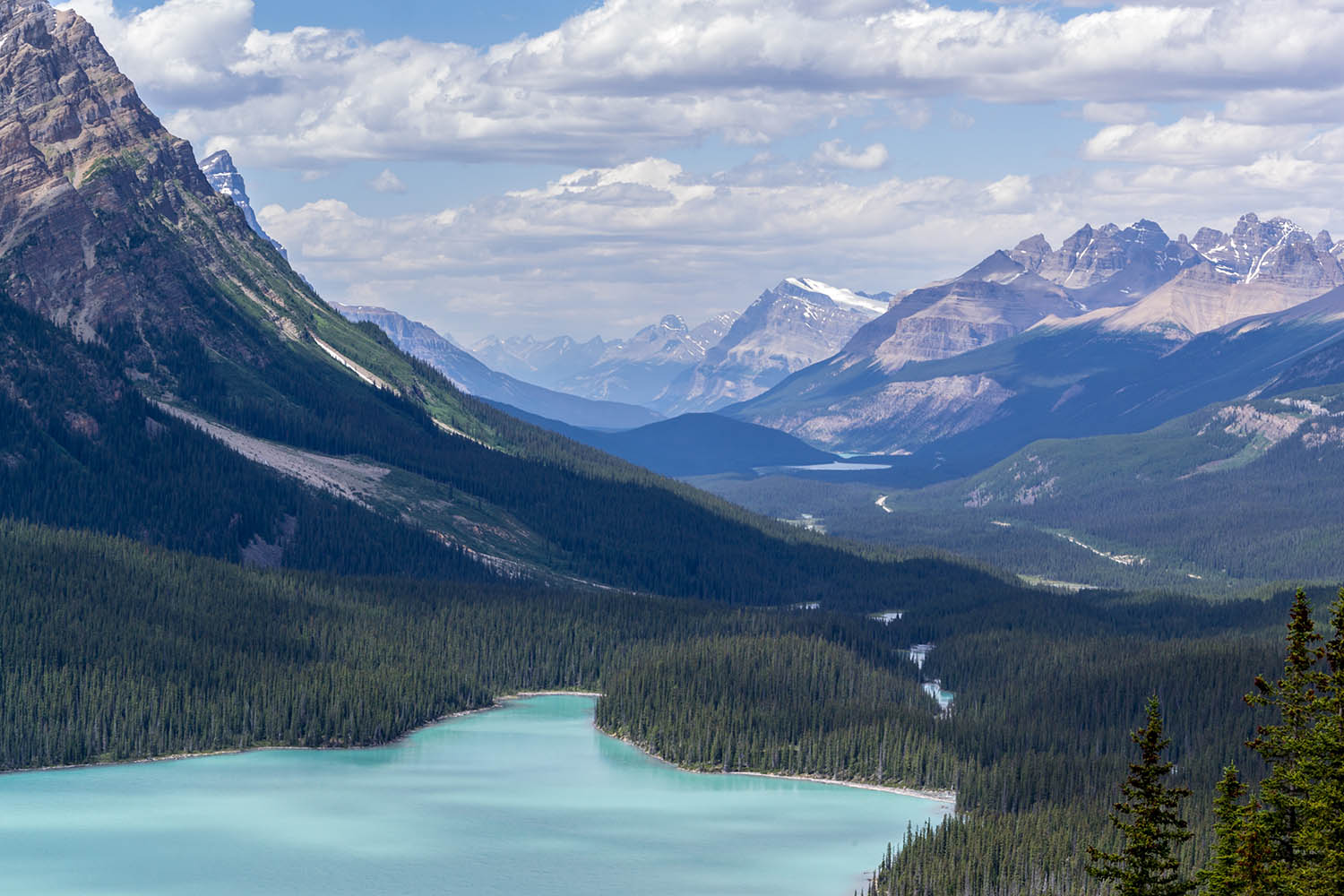
Tulsi Manas Temple
Tulsi Manas temple is one of the most famous temples of Varanasi. It is also an important tourist attraction of the holy city. The Tulsi Manas temple is located near the famous Durga temple. It was built in white marble in the year 1964. The temple has been made more charming by the magnificent landscaping around it. The Tulsi Manas temple is dedicated to lord Ram. It is believed to be built at the same place where Tulsidas wrote the famous Indian epic, Ramcharitamanasa. The walls of the Tulsi Manas temple are engraved with verses and scenes from the Ramcharitammanasa, the Hindi version of the Ramayana. The temple is open from 5.30 AM to noon and 3.30 to 9 PM.
